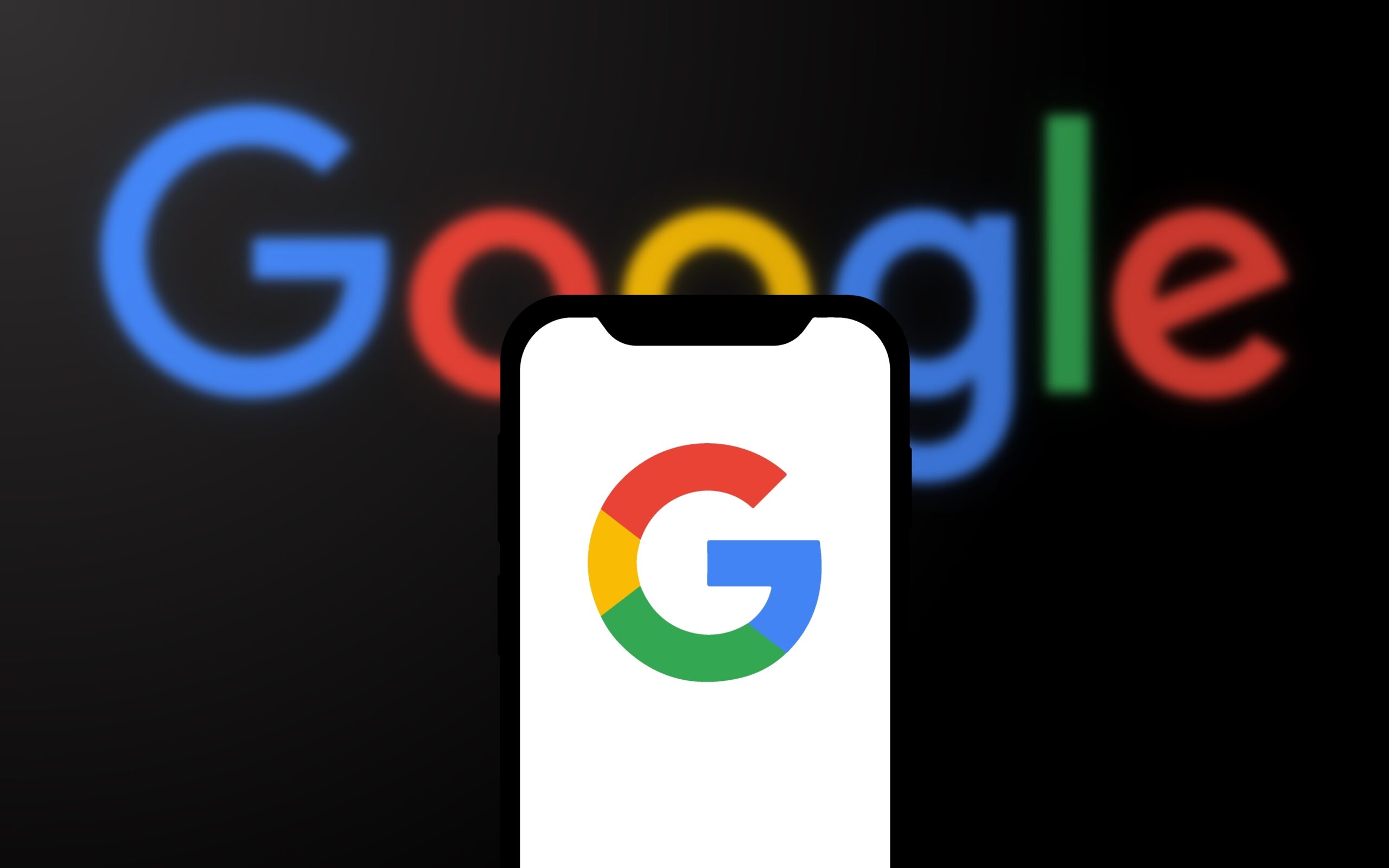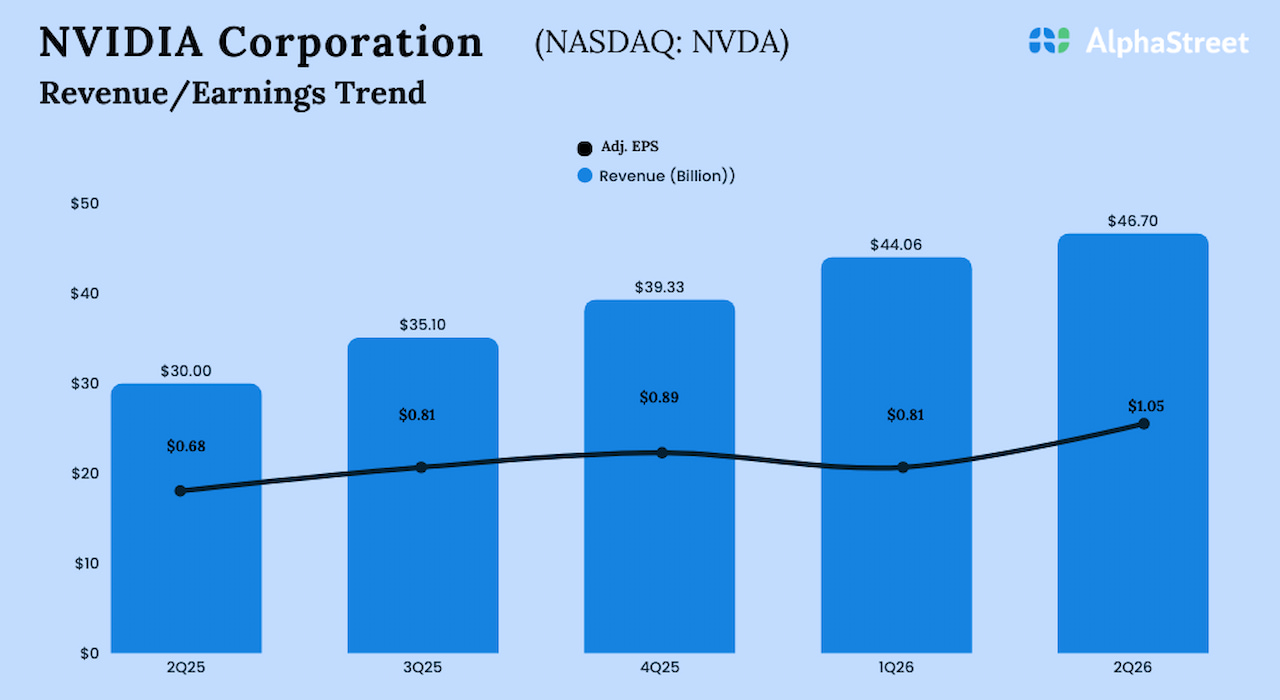Back in 2014, a friend at Google let me try a prototype that was more science-fair project than fashion accessory.
It certainly wasn’t the most comfortable set of frames I’ve ever worn. And the display lagged when I turned my head.
Yet, I was hooked on the idea of wearable computing. And I’ve been a believer ever since.
My optimism for wearables was partially justified this year when Meta’s Ray-Ban Display Smart Glasses sold out within just two days of release. Since their debut in 2023, Meta has moved more than 2 million units. And according to the company’s latest earnings call, its smart-glasses revenue has tripled year-over-year.
It seems that AR glasses are finally breaking into the mainstream. And I’m a fan of my Meta smart glasses, although I mostly use them to capture videos of my kids as they’re growing up.
But when it comes to bulky headsets, outside of gaming, the average person hasn’t had a reason to strap one on.
A recent announcement by Samsung might change that.
Their new Galaxy XR might just look like another premium headset.

Image: Samsung
But it has Google’s fingerprints all over it. And that makes it worth paying attention to. Because to me it represents something much bigger than this device’s actual hardware.
It’s about Google’s push to make Android the foundation for whatever comes after the smartphone.
Android’s Secret Weapon
The XR market — XR stands for “extended reality,” the catch-all term for AR and VR — has struggled to find its footing.
Meta’s Quest line still dominates with around 75% of the market.
But Apple’s Vision Pro, which was launched in February of 2024 at a cost of $3,499, failed to make a big impact. It’s believed to have shipped only about 400,000 to 500,000 units in its first year.
And global headset shipments fell roughly 10% last year to about 6.9 million units. That tells me it’s an early-adopter niche at best.
But Google isn’t betting on one piece of hardware, like the Galaxy XR.
It’s betting on its operating system.
Today, Android powers more than 70% of the world’s phones, and its open ecosystem has given rise to billions of devices and millions of apps. Now, Google wants to extend that dominance into spatial computing through its new platform called Android XR.
Android XR is designed to make existing Android apps work in three-dimensional space, with minimal re-coding. It integrates Google’s Gemini AI assistant, and it’s built to run across headsets, AR glasses and even future “ambient” devices.
That gives it a massive advantage.
With Android XR, developers don’t need to start from scratch, and users don’t need to leave the ecosystem they already know.
And Samsung, with its global reach and manufacturing muscle, is the perfect launch partner for this new operating system (OS). After all, the two companies already collaborate on some of the world’s most popular smartphones.
The Galaxy XR will sell for $1,799, which is around half the price of Apple’s Vision Pro. It features dual 4K micro-OLED displays, eye-tracking, hand-gesture controls and tight integration with Galaxy phones and PCs.
Those are impressive specs, but it’s too early to tell if this device will be a success.
My gut tells me it won’t move the needle much due to the obstacles it needs to overcome. The XR market is still tiny, and most consumers don’t seem eager to spend nearly two grand for a headset. Even Meta’s more affordable devices have plateaued in sales.
And there’s also a content problem. Right now, most XR experiences still revolve around gaming, productivity demos and 3D movie playback. That’s not compelling enough for mainstream adoption.
For Google and Samsung to change that, they’ll need lots of developers to expand this device’s capabilities. And I doubt we’ll see that kind of investment at this point in XR’s hype cycle.
But what stands out to me is the long game that Google is playing.
Samsung has confirmed that the Galaxy XR is just the first step in a two-track strategy: one high-end headset for immersive computing and another pair of lightweight glasses for daily use.
Both run on Android XR.
That means Google is effectively seeding a new hardware category where Android comes pre-installed.
This is the same strategy it used with smartphones 15 years ago.
If this strategy works again with XR devices, Android could evolve from a mobile OS into a spatial operating system powering everything from smart glasses to AI-enhanced workstations.
And the opportunity going forward is enormous.

Source: Omdia
Some forecasts show the XR market alone growing from just under seven million units today to more than 200 million devices a year by 2045.
And that’s all part of Google’s strategy. Because as displays shrink and AI becomes more capable, the line between XR headsets, AR glasses and everyday wearables will start to blur.
That’s the world Google is preparing for.
In other words, Android XR isn’t just a headset operating system. It’s the scaffolding for a much larger ecosystem. It could eventually power everything from smart glasses and health trackers to ambient displays and connected cars.
And the same way Android became the backbone of the smartphone era, Android XR could become the backbone of the wearable era.
Meaning, Google would own the interface layer for how billions of people see, hear and interact with digital information.
Here’s My Take
I don’t think the Galaxy XR needs to be a blockbuster for Google’s long-term strategy to work.
Of course, I’m sure both companies would love for it to avoid the “curse of the headset.” But I see the Galaxy XR as a strategic foothold in the race to control the operating system of the future.
Google is staking its claim before Apple or Meta can lock down the ecosystem.
Because if Android XR succeeds, it could redefine how we interact with the digital world. The smartphone interface we’ve relied on for more than a decade — that flat glass rectangle in our pocket — could finally give way to something more natural and immersive.
So when we look back, we might not remember 2025 as the year of the Galaxy XR.
But by turning Android from a phone OS into a spatial OS, we could remember this as the year it stopped living in our pockets and started redefining how we experience the world around us.
Regards,
 Ian KingChief Strategist, Banyan Hill Publishing
Ian KingChief Strategist, Banyan Hill Publishing
Editor’s Note: We’d love to hear from you!
If you want to share your thoughts or suggestions about the Daily Disruptor, or if there are any specific topics you’d like us to cover, just send an email to [email protected].
Don’t worry, we won’t reveal your full name in the event we publish a response. So feel free to comment away!























